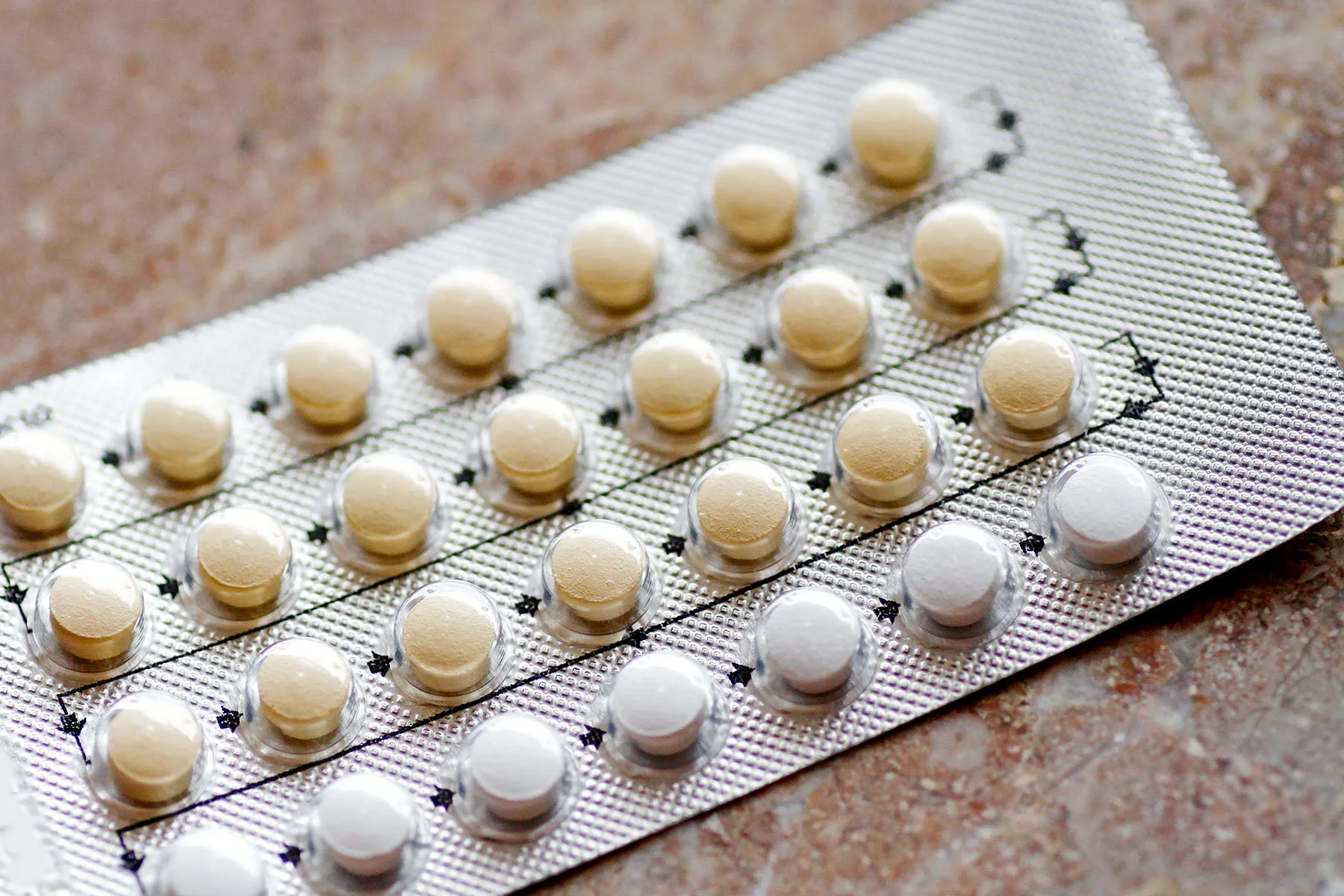ZZTest FEAT What Causes Sinus Problems?
If you are plagued by sinus problems, take a moment to consider these valuable parts of your head. What can turn good sinuses into problem sinuses?
Your sinuses are hollow air spaces within the bones between your eyes, behind your cheekbone, and in the forehead. They produce mucus, which helps keep the inside of your nose moist. That, in turn, helps protect against dust, allergens, and pollutants.
No one is completely sure why we have sinuses, but some researchers think they keep the head from being too heavy.
Sinuses are also are responsible for the depth and tone of your voice. This explains why you sound like Clint Eastwood when your sinuses are all stuffed up.
If the tissue in your nose is swollen from allergies, a cold, or environmental triggers, it can block the sinus passages. Your sinuses can’t drain, and you may feel pain.
There are eight sinus cavities in total. They are paired, with one of each in the left and right side of the face.
- Two sinus cavities are located in the forehead.
- Two are behind each cheekbone.
- Two sinus cavities are within the bones between your eyes.
- Two are behind each eye.
Sinus Blockages
Each sinus has a narrow spot, called the transition space (ostium), which is an opening that’s responsible for drainage. If a bottleneck or blockage occurs in the transition of any of the sinuses, mucus backs up.
An Extra Sinus
About 10% of people have an extra sinus. The extra sinus “effectively narrows that transition space,” says Ford Albritton, MD, director of the Center for Sinus and Respiratory Disease at the Texas Institute in Dallas.
Deviated Nasal Septum
Another common issue is a deviated nasal septum, the thin wall of bone and cartilage inside your nasal cavity that separates your two nasal passages. Ideally, your septum is situated in the center of your nose, equally separating the two sides. But whether from genetics or injury, in about 80% of people, the nasal septum is displaced to one side, making one nasal passage smaller than the other. A deviated septum is one reason some people have sinus issues. A deviated septum can also lead to obstructed breathing and snoring.
Narrow Sinuses
More often, certain people just have variations in their anatomy that creates a longer, narrower path for the transition spaces to drain. “It’s pure genetics, since it’s the way we’ve inherited how our sinuses are put together and how easy or difficult it is for them to stay open or become blocked,” Albritton says.
Sinus Sensitivity and Allergies
Finally, there are certain people who have sensitivity to things in the environment and to the foods they eat. This sensitivity triggers a dilation of blood vessels in the nose, and sometimes releases chemicals from cells in the nose that cause swelling.
Your doctor can prescribe medications to control your symptoms. People with sinus problems and allergies should avoid environmental irritants such as tobacco smoke and strong chemical odors, which may increase sinus problems.
Try these tips to reduce inflammation and prevent sinus problems:
- Apply a warm, moist washcloth to your face several times a day to help open the transition spaces.
- Drink plenty of fluids to thin the mucus.
- Inhale steam two to four times per day (sit in the bathroom with the hot shower running).
- Use a nasal saline spray several times per day.
- Wash the nose with a salt water solution from a neti pot.
- Try a humidifier to moisten the air you breathe and help open sinuses.
If your sinus problems are related to allergies, consider these steps:
- Avoid your allergy triggers.
- Try antihistamines and decongestants if needed.
- Talk to your doctor to see if you need a nasal steroid spray.
- Discuss allergy shots (immunotherapy) with your doctor to see if they’re right for you.
Lastly, if you have recurrent sinus problems, you might talk to your doctor about surgery to clean and drain the sinuses.
“Surgery is designed to take care of the anatomic issues and to remove the areas that are narrow and causing the blockage,” Albritton says. The newest methods are less invasive and use a balloon catheter like an angioplasty to dilate the opening of the sinuses and create wider spaces.










